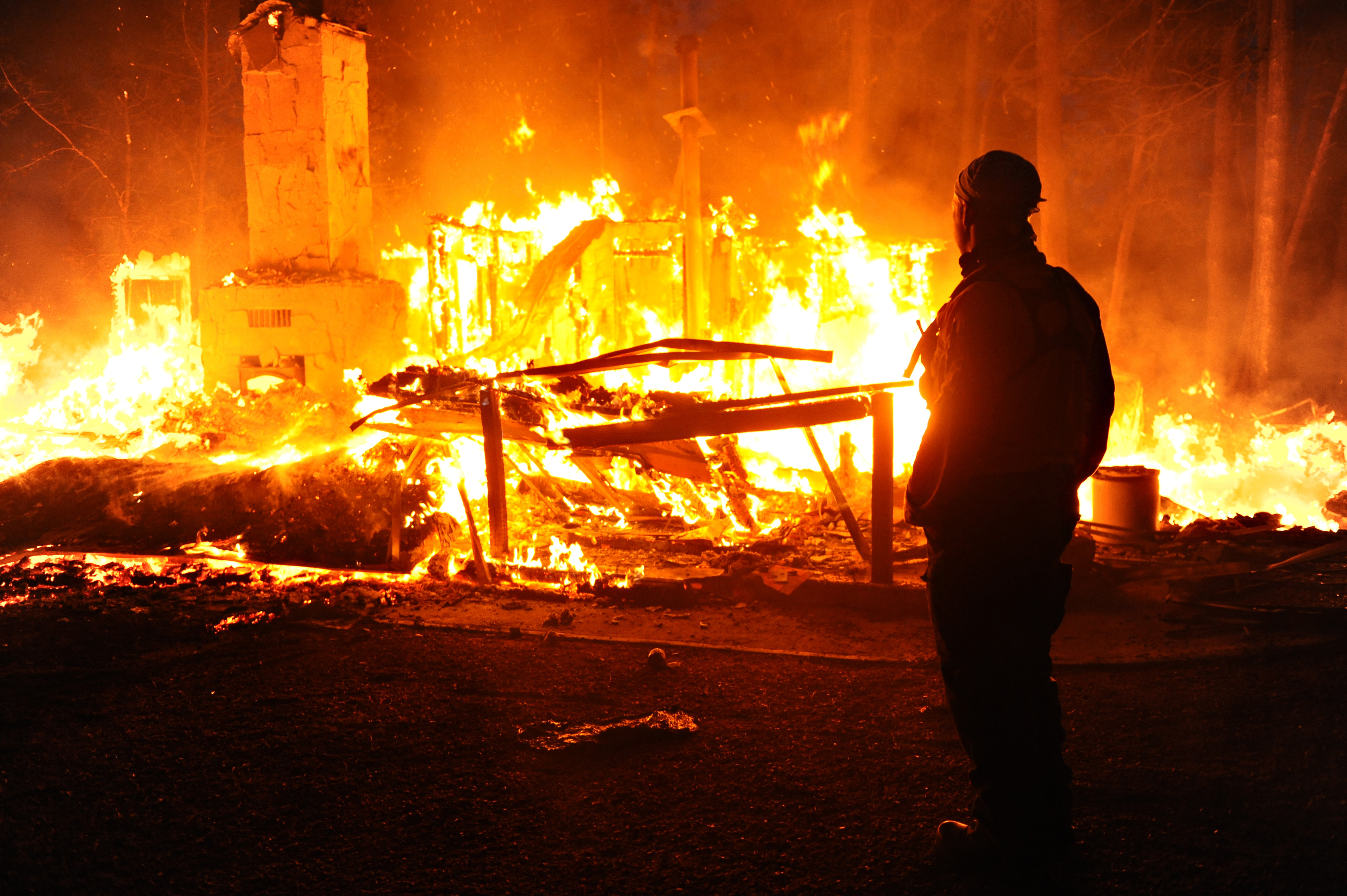The sky may be infinite, and the oceans are vast. But land is finite, and there is a shortage of it to build homes on, accord to a recent NAHB/Wells Fargo Housing Market Index report.
The survey asked a panel of single-family builders to categorize the supply of lots in their market areas as “very high,” “high,” “normal,” “low,” or “very low,” as well as giving them an option to say they didn’t know or were not sure. NAHB’s Paul Emrath says, “In response, 58 percent of builders said the supply of lots was low (40 percent) or very low (18 percent). This is down somewhat from the all-time peak of 65 percent in September of 2018, but higher than it had been at any time before 2013 (NAHB has been asking the same lot supply questions on its HMI survey periodically since 1997).”
Housing starts, after averaging 1.5 million from 1960-2007 and hitting a peak of 2 million in 2005, has recovered only to about 1.2 million a year. If you compare the boom period in August of 2005, the share of builders characterizing lot supply as low or very low was 53 percent — 5 percentage points below the latest number.
According to Emrath’s article, in September of 2019, the lot shortages tended to be especially acute in the most desirable locations — not a surprise. That shortage tends to increase lot prices and reduce lot sizes. Visit any new subdivision in a desirable area, and the most affordable homes are increasingly on smaller lots. Census data show that the median size of new home lots remains near a record low, while the median price of new home lots is at a record high. All of this is a huge reason for the lack of affordable housing. And no one we know is creating more buildable land.


